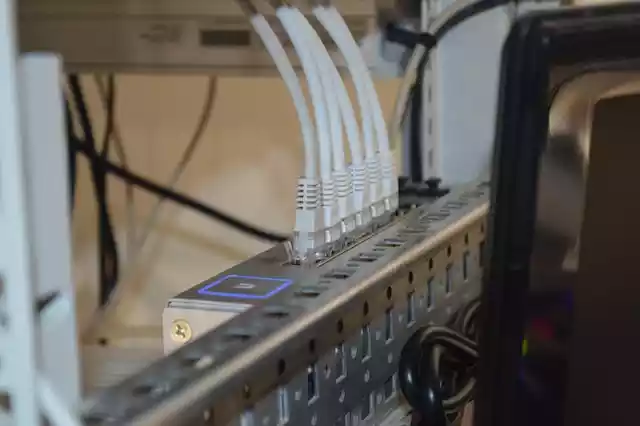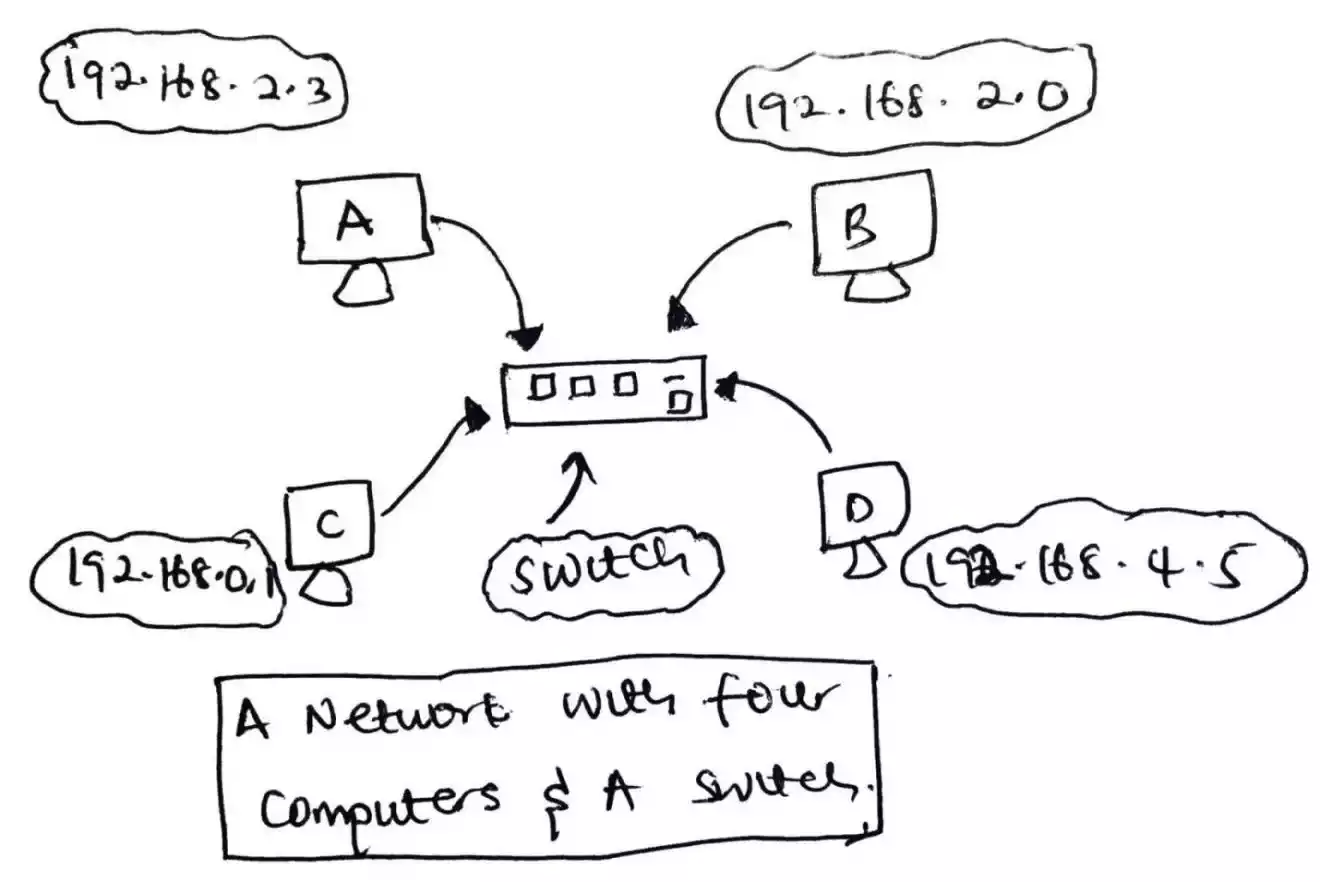What Is the Difference Between Ethernet and Intranet?

Ethernet and Intranet are two different concepts in networking. Ethernet is a type of networking technology used to connect devices within a local area network, while an Intranet is a private computer network (or a mini-internet) used within an organization to share information and resources.
What Is an Ethernet?
Ethernet is a type of networking technology that allows devices to communicate with each other over a local area network (LAN). It uses a set of protocols (rules) and hardware standards to transmit data packets between devices connected to the network.
Ethernet networks can be wired or wireless and are typically used in office buildings, homes, and campuses to connect devices like computers, printers, and servers.
Ethernet networks are created by connecting devices to a central switch or router, which manages the flow of data between devices.
Each device on the network is assigned a unique address called a Media Access Control (MAC) address, which is used to identify the device and ensure that data packets are delivered to the correct destination.
What Is an Intranet ?
An Intranet is a private computer network used within an organization to share information and resources. An Intranet is essentially a mini-internet that is accessible only to authorized users within the organization.
It is typically accessed through a web browser and can be used to share files, documents, and other information between employees or departments.
An Intranet is hosted on local servers and can be accessed through an organization’s local network or remotely through a virtual private network (VPN).
Intranets often include security features like user authentication and access controls to ensure that only authorized users can access sensitive information.
How Ethernet and Intranet Are Used In Real Life?
In a modern hospital, Ethernet can be used to create a wired local area network that connects various medical devices, such as patient monitoring systems, X-ray machines, and electronic health records (EHR) systems.
By connecting these devices to a centralized switch or router, doctors and nurses can quickly access patient information and test results, improving the efficiency of medical care.
At the same time, the hospital may also have an Intranet to share information and resources between departments. For example, doctors and nurses can access patient records, lab results, and imaging studies through a secure Intranet portal.
In addition, an Intranet can be used to share policy updates, employee training materials, and other important information among hospital staff.
Hence, the use of Ethernet and Intranet technology in a hospital setting can improve the quality of patient care, streamline workflows, and enhance communication between medical professionals.



